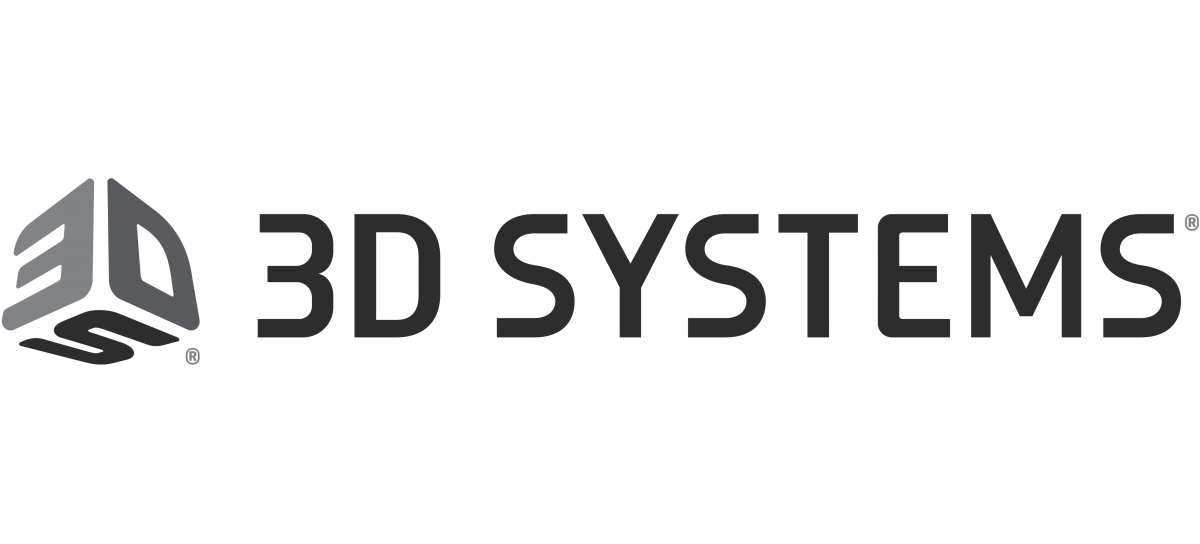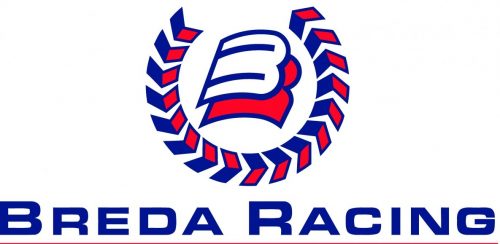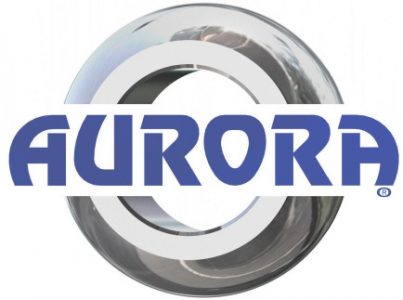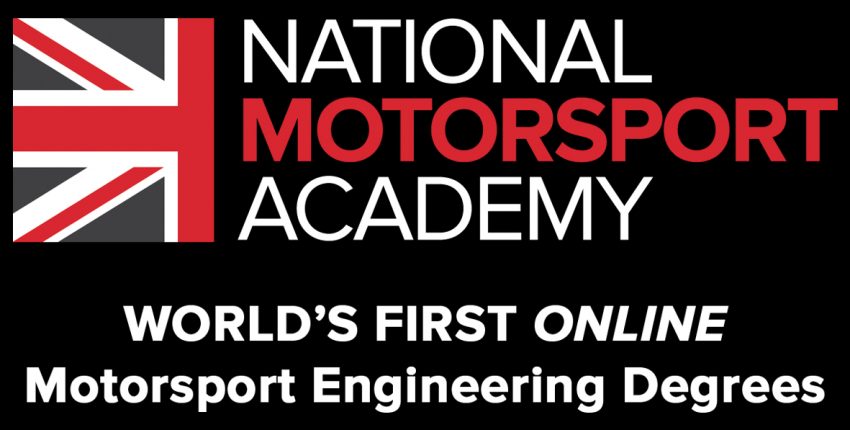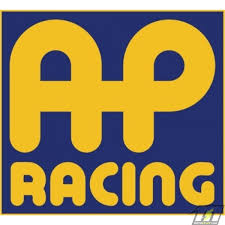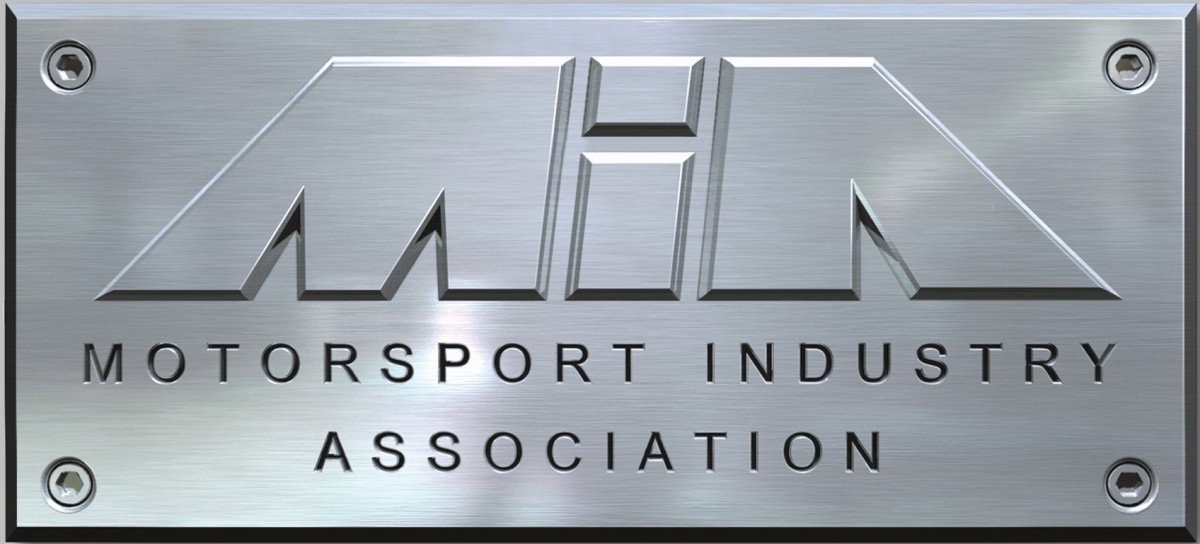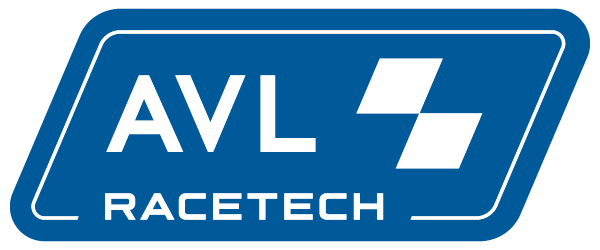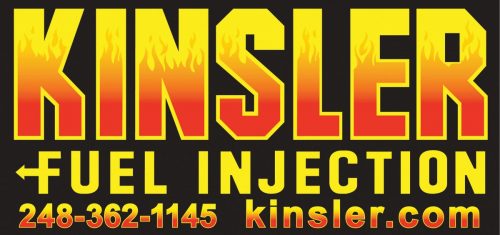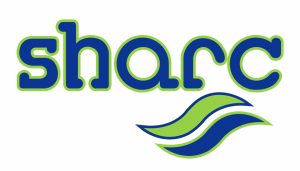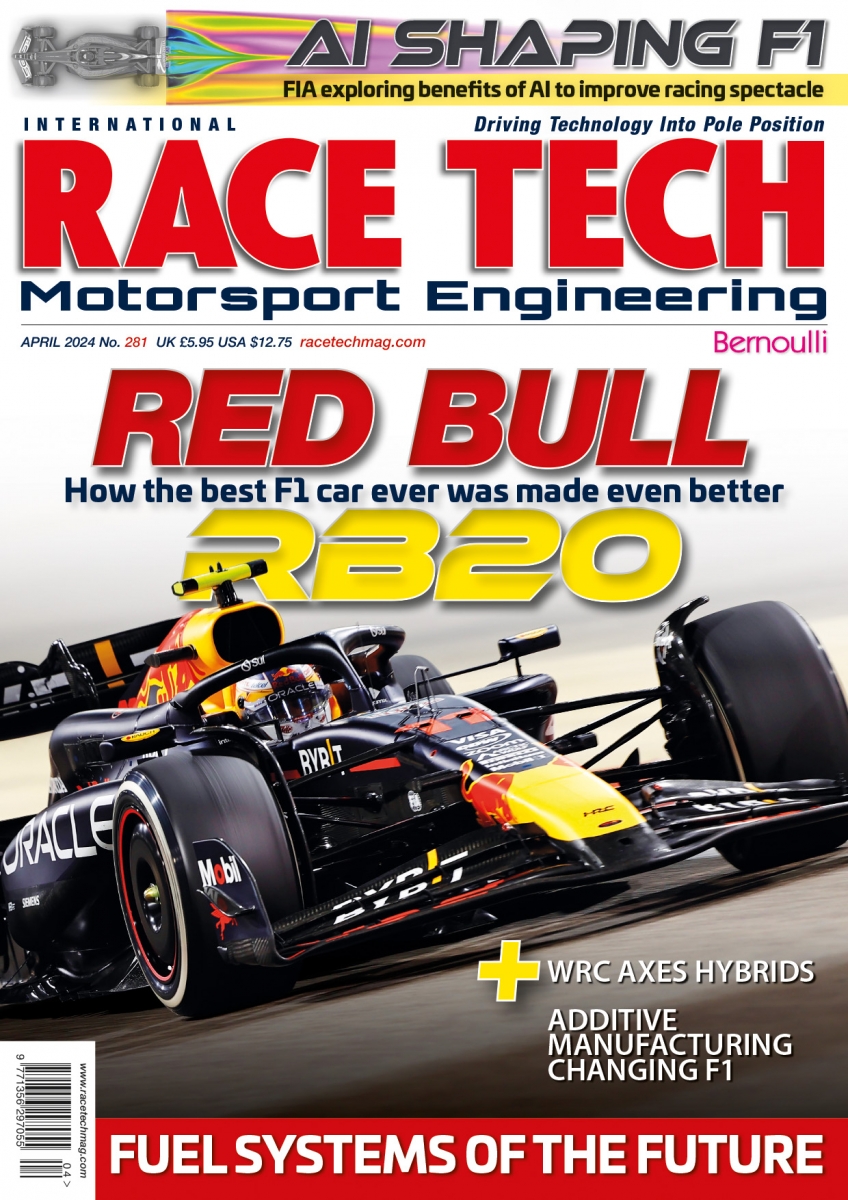Inspired engineering with Amit Meghani
Q&A with Cosworth’s Senior Development Engineer, AMIT MEGHANI
Amit joined Cosworth fresh out of university as a Graduate Engineer. However, his relationship with Cosworth started whilst he was still completing his studies as an undergraduate. He worked for us as part of the placement component of his degree so, it was natural for to take him on after recognising his talent for engineering. He has been with us for over 11 years, developing his skills to a level where he is now a Senior Development Engineer.
You have been at Cosworth for over 11 years, what first got you interested in a career here and what keeps you motivated after all these years?
As a kid, I’d always loved fast cars. That was always the big thing for me as a youngster, I was always sketching cars in the back of my school exercise books. Every time I came home after school before doing my homework, I’d be thinking about cars, and from a young age watching Formula One on TV was a big passion of mine. To me, it was just cars, cars, cars, and even as a child, the places that I wanted to work were all heavily motorsport based.
There’s nowhere that’s more evocative and historical than Cosworth, a unique British brand that’s got a lot of pedigree, history and a lot of potential. I think it’s the fact that it’s a very family orientated environment. We’re not a large business with thousands upon thousands of us working on the same project day in day out, in that rinse-and-repeat style environment. No two days are ever the same here. There’s a smaller number of us doing a wider range of work, and there’s a lot of overlap with other people – I’ve never had a Sunday night where I’m dreading Monday morning, and for me, it’s a really important sign that I’m in the right place with the right people.
What does your role entail and where do you fit in to an engine production programme?
On a day-to-day basis, I’m mainly looking after the link between engine build and engine test, that’s the main focus. There’s a bit of overlap with engine design but that’s generally if I’m looking more at early product development rather than the production side of things. Early on in project development, there’s a bigger overlap with design, usually we’re feeding back information to the design team, and they’ll be designing three or four different versions of a part based on our feedback. All will be subtly different – whether it’s slightly different piston geometries or other changes along those lines. We’ll then get those parts manufactured and run back-to-back tests on them all to find the best all round solution.
The engine development process is almost at the very end of the queue. There’s design, manufacturing, build, and then finally you get to the engine development side of the process where you physically get hold of the product, this is where testing begins.
We, the development team are making sure the final products are performing to highest level that we can possibly get them to. Whether that’s out and out performance, efficiency, or a combination of characteristics. We ensure that we’re pushing the envelope as far as we can. Anything that we learn over the course of this process is logged and we’ll feedback information to different departments where necessary.
Can you take us through the excitement of firing up a new engine like the Valkyrie V12 for the first time?
For a first fire-up on a special engine like that, it’s traditional to do it at around 4am, just because you’re there and everybody’s really excited knowing that we’ve got this beast to fire up. It’s there on the testbed and it’s ready to go. There’s a lot of preparation that goes into it. We might get the majority of the prep work done by 10pm, but the passion of everyone working on it just makes us all want to go that little bit further and push on to get it fired up. We could stop, come back the next day and carry on where we left off but, in this environment we all push each other to keep plugging away until we get to the point where we can push the button and hear the engine come to life for the first time.
These moments speak volumes about the people that are here, in the sense that we’d much rather be pushing the envelope, getting excited by things like this rather than thinking, ‘we’ll leave that for today’ and come back to it in the morning. Firing up something like a thousand horsepower V12 for the first time, knowing that you’re one of the first few people to witness and create something so evocative, definitely gives you a sense of the magnitude of what you get to do on a daily basis.
Once you’ve succeeded with the initial fire up what is the next phase of the development process?
Primarily, when we get a brand-new engine, the first thing we need to do is test the function of it. We’ll get an engine on the testbed and go through an initial checklist, making sure that the engine is healthy and that all systems are doing what the designers intended them to do. This is the case for all of the various subsystems, does the oil system handle the pressures correctly; does the coolant system control temperatures within specific parameters efficiently; does the air intake manipulate air flow correctly – we have to look at everything under a fine-tooth comb, making sure each subsystem is working as it should.
The key goal after initial tests, is making sure that the engine meets the performance and efficiency targets that have been defined by the spec. Does it do what the design specification set out to achieve? This is when we start pushing the envelope a little bit more – starting to wind up the performance and eventually really going for it. Trying to find everything we can out about the engine and pulling every ounce of performance out of it.
From a blank sheet to a final product, a lot of work goes into eking out maximum performance. One of the big things that I’ve found throughout many years of running engines – especially ones which have a high-performance target – is that the first 98% of the performance is easy. So, if you’re targeting a thousand horsepower, 980 horsepower you can probably get within a couple of days of development.
It’s that final percent that takes the most amount of time, this is the really challenging task. The craft that Cosworth have is eking out that final two percent and I think that’s where we’re ahead of other companies in the same field, we’ve got the know-how, we’ve got the skill, and we’ve got the ability to push the envelope and really eke out every last drop that we can.
How do you find that last challenging two percent?
Running engines on the testbed gives you a strong sense of exactly how engines behave because, you spend hours and hours looking at these live, real-time plots showing data for every single engine parameter – oil pressure’s, exhaust temperatures, the torque it’s producing, blow-by, etc. Working in this environment for long periods of time teaches you exactly how the engine should be behaving at almost any given point. And because we’re all on the same wavelength, the engineers and technicians that is, we can spot things very quickly.
When you’re in the middle of a durability test – really putting an engine through its paces – you develop a knack of knowing exactly what the engine should be about to do next and the moment you start seeing something that’s unexpected, we shut down and investigate.
The ability to be able to do that, is something that you’ve just got to work hard at and pick up over time. When you manage to spot an anomaly two seconds before something bad happens, secures you a ton of information because, you’ve caught the problem before it gets to the point of failure and the skill in being able to do that speeds up the development process hugely. When these issues occur, we learn from them, and they help us refine and redesign certain aspects of an engine.
In terms of reliability, repeatably is essential, we’re running our engines for hours and hours on end. Doing simulation laps around challenging circuits such as Le Mans or the Nürburgring, racking up hundreds of thousands of kilometres giving us the ability to really know our engines inside and out. We then have the confidence to know ‘right, I can push it this far’ and really extend the performance envelop to its limits. I think that’s one of the key things, we’ve got all the equipment and the facilities to do that: to be able to monitor everything in real-time.
This attention to detail and ability to really understand exactly how our engines operate gives us that final two percent.
In terms of performance, how close can you get road engines to that of F1?
It amazes me that we’re now getting similar figures and characteristics to that of an older Formula One engine from the mid to late 2000s. These F1 engines were designed for very short life periods where they’d be discarded after a single race in some instances. Now we’re pushing the envelope so far that we’ve got Formula One level performance but with a reliable life span of a hundred thousand kilometres plus. This is where I think we’re really pushing the bounds of our industry, to have this level of performance with high levels of reliability that we’re used to having with an everyday road car.
Are there any specific challenges that you have to overcome?
The major challenges experienced on a day-to-day basis are almost the unknown. You should have a rough idea of how everything’s going to run on any given day. I may be carrying out a particular test, for example, an oil aeration test, I’d have a rough idea of how things should pan out, I’ve done it before, but then you suddenly get an unexpected result and that’s what keeps you on your toes. You have an expectation of how certain tests are going to go, based on past experience but if you’re doing them on a brand-new engine, you don’t actually know what’s going to happen.
I may find something out from a bit of test data that doesn’t look like what I was expecting so, I’ll investigate it further and all of a sudden, I’m no longer looking at the initial problem, I’m looking at a problem that’s related to the data point but it’s tangential. Then you start following that tangent and before you know it, I’m three steps away from where I was initially. It can go so far that while I was carrying out a test on one system of the engine, I’d end up on a completely different path realising there’s something else at play. It’s not like basic maths where A plus B equals C, chasing problems can take you off to all areas of an engine.
This is the part of the test process that’s really enjoyable. The sense that you’ve got an idea of what might happen, but you never know what will actually unfold. You never know what you’re going to learn on that day, it’s never black and white. I think that’s the overarching challenge, in the sense that every challenge even though you might have come across similar ones on other projects or on other engines, they’re never the same. There’s always room to expand your understanding and it doesn’t matter if you’ve been here for one year, 10 years or 20 years, there’s always something new to learn.



